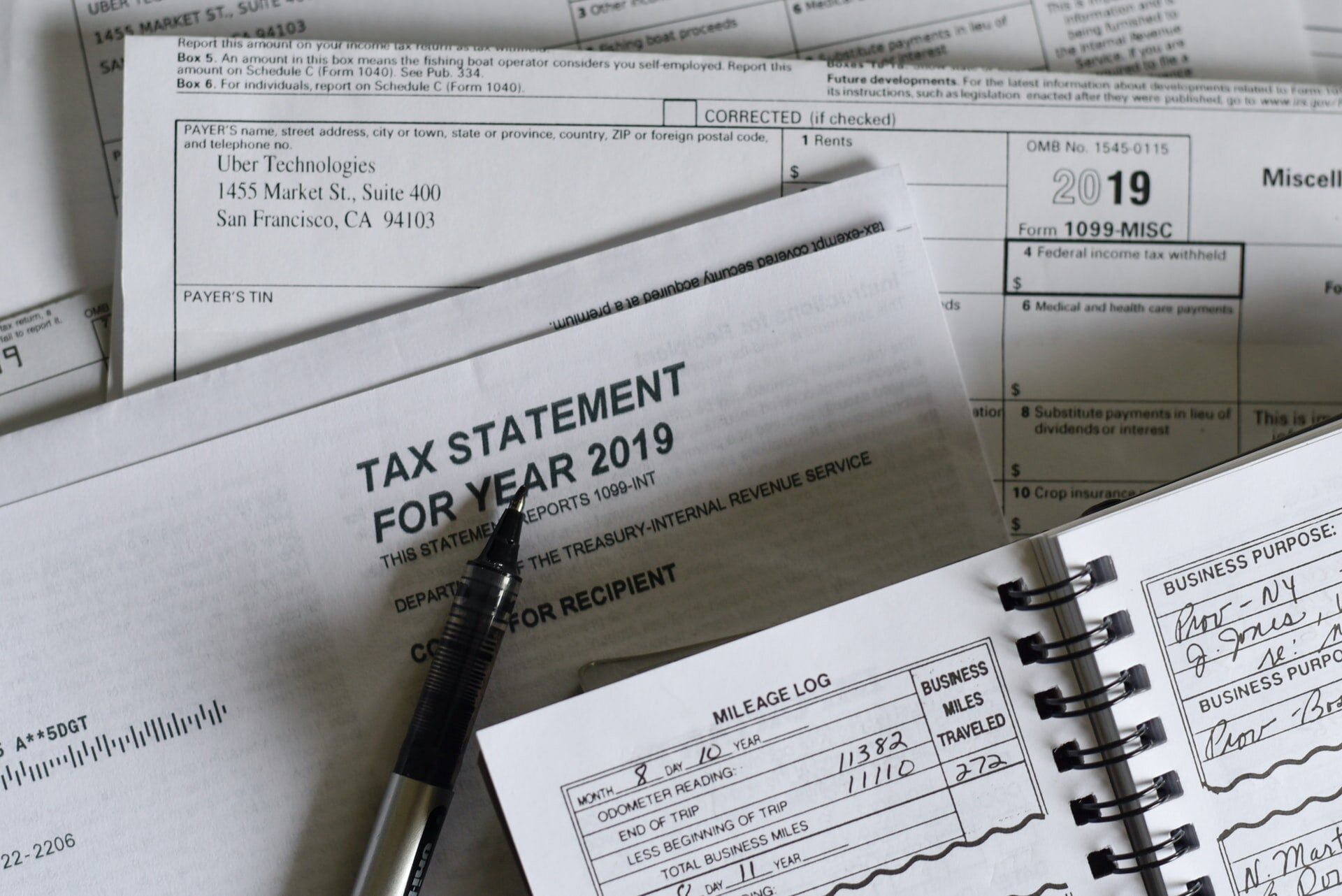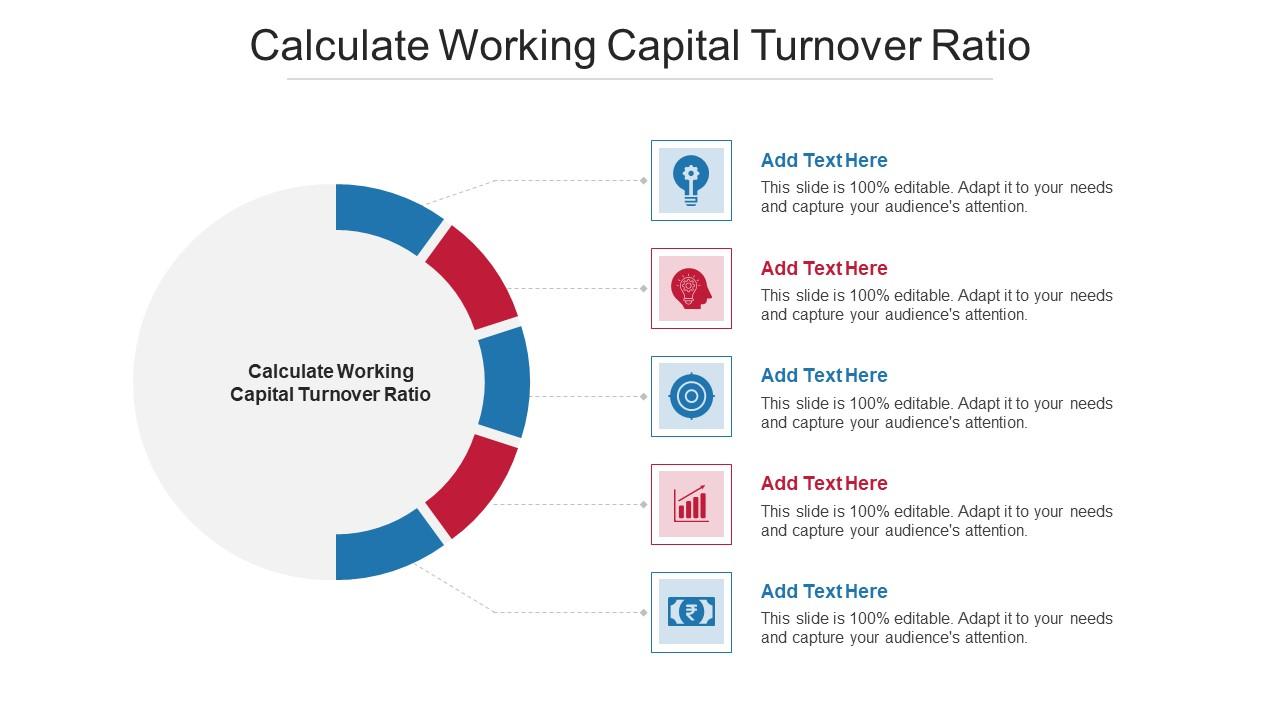Home>Finance>Notice To Creditors: Definition, Purpose, And How To Publish


Finance
Notice To Creditors: Definition, Purpose, And How To Publish
Published: January 2, 2024
Learn the definition and purpose of a notice to creditors in finance, and discover how to effectively publish one to protect your interests.
(Many of the links in this article redirect to a specific reviewed product. Your purchase of these products through affiliate links helps to generate commission for LiveWell, at no extra cost. Learn more)
Notice to Creditors: Definition, Purpose, and How To Publish
When a loved one passes away, it can be a difficult and emotional time. Amidst the grieving process, there are also administrative tasks that need to be addressed, including managing the deceased’s financial affairs. One important step in this process is giving notice to creditors. In this blog post, we will explore the definition and purpose of a notice to creditors, and provide guidance on how to publish it effectively.
Key Takeaways:
- A notice to creditors is a legal announcement published following a person’s death to inform potential creditors about the individual’s passing and provide them an opportunity to submit any outstanding claims against the estate.
- Publishing a notice to creditors helps protect the deceased’s estate from potential fraudulent claims, ensuring that valid debts are properly addressed.
What is a Notice to Creditors?
A notice to creditors is a formal communication that serves as a public announcement of a person’s death, informing potential creditors that the individual has passed away and providing them an opportunity to submit any outstanding claims against the deceased’s estate. This legal requirement is part of the probate process, ensuring that all valid debts are properly addressed and settled.
Why is it Important to Publish a Notice to Creditors?
The primary purpose of publishing a notice to creditors is to protect the deceased individual’s estate from potential fraudulent claims or undisclosed debts. By making the notice public, it gives potential creditors a reasonable opportunity to come forward, submit their claims, and establish the validity of their debt. This prevents any surprises or hidden debts from arising at a later stage of the probate process, allowing for fair distribution of assets to rightful beneficiaries.
How to Publish a Notice to Creditors?
When it comes to publishing a notice to creditors, it is crucial to follow the legal requirements of the jurisdiction in which the deceased person resided. While the specific guidelines may vary, here are some general steps to consider:
- Check local laws: Begin by familiarizing yourself with the laws and regulations governing the probate process in your jurisdiction. This will provide you with the necessary information on who should receive the notice, how it should be formatted, and where it should be published.
- Create the notice: Draft a clear and concise notice that includes the name of the deceased, the date of death, and an invitation for creditors to submit their claims. Be sure to include your contact information or the information of the appointed estate representative.
- Determine the publication method: Depending on the requirements of your jurisdiction, the notice may need to be published in a local newspaper, an online platform, or both. Check with your local probate court or an attorney to determine the appropriate publication method.
- Submit the notice: Once you have created the notice and determined the publication method, submit it to the appropriate newspaper or online platform, ensuring that it reaches the specified audience. Be sure to keep copies of the published notice for your records.
- Observe the publication period: Most jurisdictions require the notice to be published for a specific duration, such as three to four weeks. Make sure to comply with the prescribed publication period to allow creditors adequate time to come forward with their claims.
- Document creditor claims: Upon receiving creditor claims, carefully review each claim to determine its validity. If necessary, seek legal counsel to ensure the proper handling of creditor debts and prevent any disputes during the probate process.
By following these steps and adhering to the legal requirements in your jurisdiction, you can ensure the proper administration of a deceased person’s estate and protect it from potential creditor issues during the probate process.
Remember, it is essential to seek the assistance of a qualified legal professional or probate attorney to ensure compliance with your jurisdiction’s specific laws and regulations.
For more information and expert guidance on the probate process, estate planning, and financial matters, be sure to explore the other informative articles in our FINANCE category.














